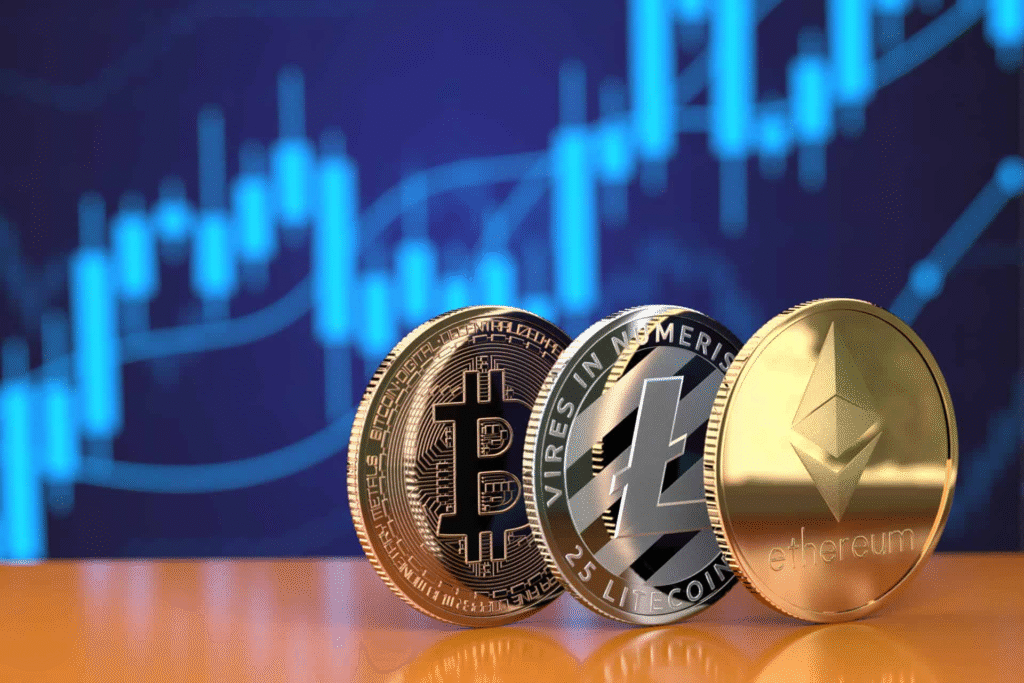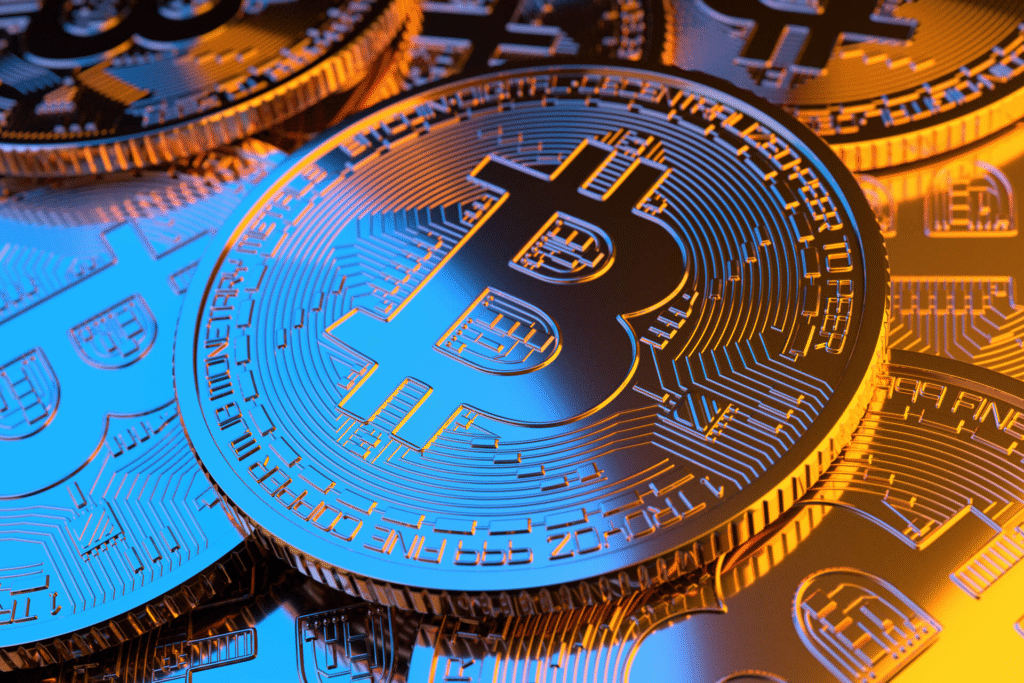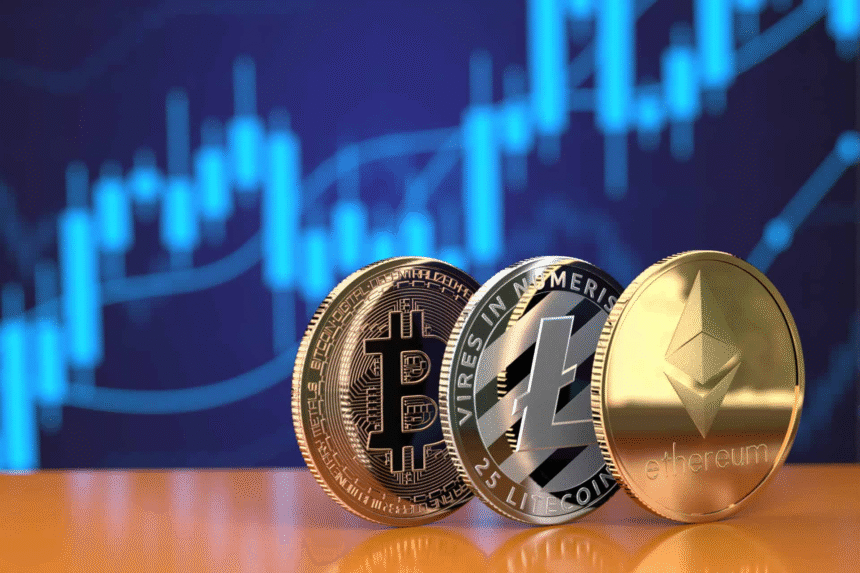In this post , I will elaborate on the developing realm of Crypto Gaming under the banner of Metaverse. The operations of a game’s virtual economy are now more responsive to players’ interactions than ever before due to crypto gaming.
This type of gaming, combining NFTs and cryptocurrencies, expands the boundaries of leisure activities in the Metaverse, paving the way for new prospects for players and game developers.
Comprehending the World of Crypto Games and the Metaverse
The incorporation of cryptocurrency into gaming has unlocked new opportunities in the digital space known as ‘crypto gaming’, enabling players to earn real monetary value through virtual economies, all facilitated by blockchain technology.
Cryptocurrency is not the only thing helping evolve crypto gaming; the intertwined concept of the Metaverse is aiding in providing richer experiences with virtual reality, gaming, and cryptocurrency.

There is a vast expanse of possibilities waiting to be explored that change the landscape of entertainment, economics, and socio-digital relations. Allow me to elaborately explain the inner workings of concept of crypto gaming and the Metaverse.
What is Crypto Gaming?
Crypto gaming can be defined as a subdivision within the gaming industry focused on video games that use blockchain, cryptocurrency, or NFT technologies as forms of currency within their in-game economies.
Furthermore, NFT crypto games offer various opportunities for earning, with players receiving tokens and digital assets tied to their progress in the game. These assets are not watchwords; they have multipurpose utility meaning they can be exchanged externally across platforms or at monetization hubs, fostering a versatile economy.
In contrast to traditional gaming, where players are restricted to purchasing add-ons within the game, crypto gaming offers a more expansive experience through true ownership. A rare weapon in a game, for instance, could be an NFT

which is tradable in an external market, distinguishing it from all others. This ownership is verified through blockchain technology which guarantees the assets are scarce and authentic thus increasing their value.
There are various reasons why people are attracted to crypto gaming. First, gamers have the opportunity to earn fair compensation for the time invested in the game, while developers have the freedom to craft more complex and engaging experiences since the items have true worth. Regardless, it poses challenges in terms of volatility, ethics within the gaming industry, laws, and other regulations regarding monetization.
The Role of Blockchain in Crypto Gaming
Crypto games are heavily reliant on blockchain technology as it provides the necessary infrastructure for the protection, processing and management of digital assets. Whether an asset is purchased, sold or traded, a blockchain keeps records of each transaction. This makes cheating and fraud nearly impossible as ownership and provenance for every asset is maintained. Since blockchain is also decentralized, players have a greater degree of control over their assets as they are not easily dependent on game developers or publishers.
In crypto gaming, players receive play-to-earn rewards, typically paid out in cryptocurrency or NFTs, as incentives for their time and effort invested. These can be cashed out for fiat money, reinvested in the game, or used to purchase assets across platforms. This is quickly shifting the economic paradigm of most other games which follow the “pay-to-play” or “pay-to-win” strategy where players are required to spend money to progress through the levels. Rather, crypto games provide a way for players to earn as they enjoy the game.
The Metaverse and Its Effect on Crypto Gaming
The Metaverse is a unique virtual space that allows users to interact with each other as well as with digital objects and environments in real-time. It is a world where people can play games, interact socially, be entertained, and even do some shopping. Looking at the pace of the development of the Metaverse, one thing is clear: its combination with crypto gaming is not only advantageous but inevitable.
In addition to deepening crypto gaming’s relationship with the Metaverse, it is also important to note that the latter can help gaming to expand its reach. In this case, gaming goes beyond the borders of the machine, taking on a life of its own in the real world. Various interrelated activities such as owning virtual land, creating assets, engaging in economic practices, and socializing can be done, all of which can be done in the real world with the aid of decentralized control and ownership.
Take, for example, Decentraland or The Sandbox. The former offers users possessing cryptocurrency the ability to buy, sell, and even create virtual real estate. Owners not only stand to benefit from monetization but players would also have the power to earn cryptocurrency through gameplay or by developing and selling their assets within the Metaverse.
With the Metaverse’s expansion comes the rise of an autonomous economy that operates independently. At the center, there are crypto games. Players are now empowered to create virtual economies through the metaverse’s unregulated supply and demand system, free from the shackles of conventional in-game features. This system is a breath of fresh air for the players and developers.
Challenges and Future Outlook
The prospective future of crypto gaming and the Metaverse is filled with challenges. The cryptocurrency market is one of the most volatile in the world, meaning in-game economies face significant threats. The impact of blockchain technologies, particularly proof-of-work, concerning sustainability is a long-standing issue that has surfaced.
Regulatory guidelines, along with taxation policies, are ambiguous and countries seem to be in a race to find a suitable definition for a virtual asset.

While crypto gaming is operating within an increasingly hostile environment, it is imperative to note that there are no sustainable frameworks to govern it. Legislations of tomorrow could radically alter operations of these platforms.
The further inclusion of more sophisticated technolohttps://coinroop.com/pros-and-cons-of-cross-chain-bridging/gies like augmented reality (AR), virtual reality (VR), and artificial intelligence ( AI) will, undeniably, bolster the Metaverse’s immersive experience and could further blur the distinction between the tangible and virtual realms. This shift will unlock unprecedented avenues for interaction and creativity.
Concluding
The pinnacle of entertainment and entrepreneurship can be epitomized with crypto gaming and Metaverse technology.
Players in blockchain-powered games have exclusive ownership and can appreciate decentralized transactions, as they experience gaming in new and rewarding ways.
In the course of the Metaverse’s development, crypto gaming will be a fundamental constituent in forming a connected digital world. The challenges are groundbreaking, but the opportunities for advancement and transformation are infinite.
For builders and players alike, the evolving realm of crypto is decentralized, digitized, and full of boundless opportunities.










